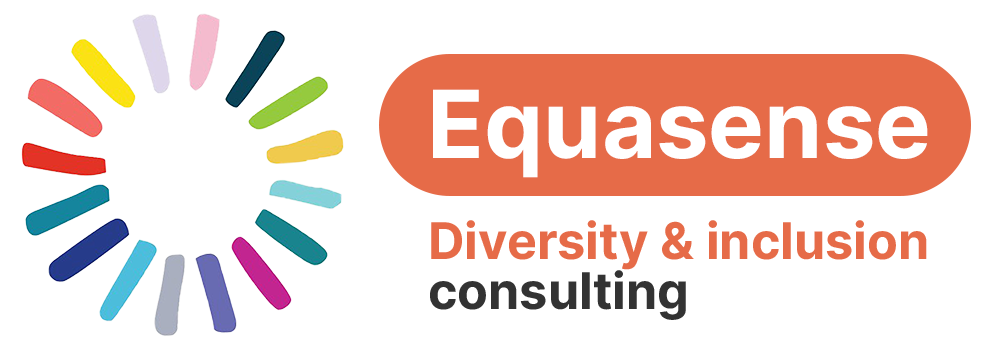Some years ago, I was on a bus going through our campus and into town. Towards the front of the bus was a group of our Chinese students chatting together. Part way through the journey, I noticed some other passengers at the front staring at the group, tutting, and then making statements about whether these students should have been at university in the UK if they weren’t going to speak English etc. As these unpleasant characters got off the bus, they threw other racial slurs at the students. What did I do? Nothing. What did other people on the bus do? Nothing. I felt uncomfortable and knew it was wrong but also didn’t want to provoke conflict and didn’t know what to do.
Meaningful allyship includes calling out discrimination, bias or microaggressions when we see it, and challenging negative behaviours. It’s important for allies to do this because it isn’t always safe for the people experiencing it to do it themselves. Allies with privilege in a particular environment that affords them safety and influence can be particularly powerful. Since the incident on the bus, I have learnt that there are many different ways that you can intervene either directly or indirectly, and without being confrontational. This is something we can use at work, or elsewhere in our lives.
So, learning how to intervene safely is Number 13 in #22WaysToBeConsciouslyInclusiveIn2022
Here’s what I now carry in my “toolbox” for these types of occasion:
1. Check it is safe to intervene, and use this assessment to determine your actions
2. Be confident, clear and not rude when intervening directly (avoid “you” statements – use “that’s inappropriate, disrespectful etc” or “this makes me feel uncomfortable”
3. Be short and succinct rather than trying to engage
4. Focus on assisting the person on the receiving end of the negative behaviour instead of engaging with the harasser
5. Indirect intervention works well – for example distraction – you could ask either the person on the receiving end of the behaviour, or the person doing the behaviour a question like “do you have the time please?” “is this the stop for?”
6. Don’t be a lone wolf – get help from others if necessary. Reading the room helps me to speak out in meetings but it’s harder online.
You also have options to make a difference after the event by:
7. Checking with the people involved – are you ok? I might do this whilst the incident is happening, though that has some risk of escalating things. You can definitely do this after the incident.
8. Recording and reporting – I tend to make a quick note on my phone (not photos!) as to what happened and when. If I was talking to the person who experienced it, I would ask them if they wanted me to report it to anywhere. In the case above, I might have reported it to the bus company or the university anyway just for awareness.


Recent Comments